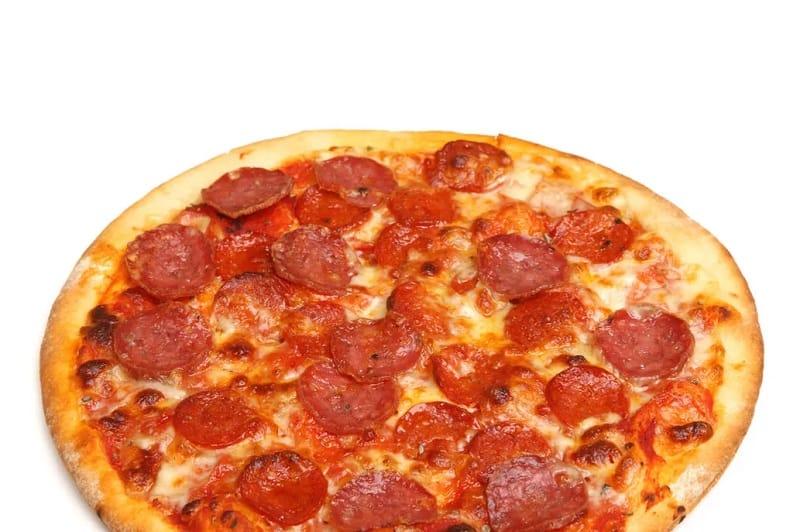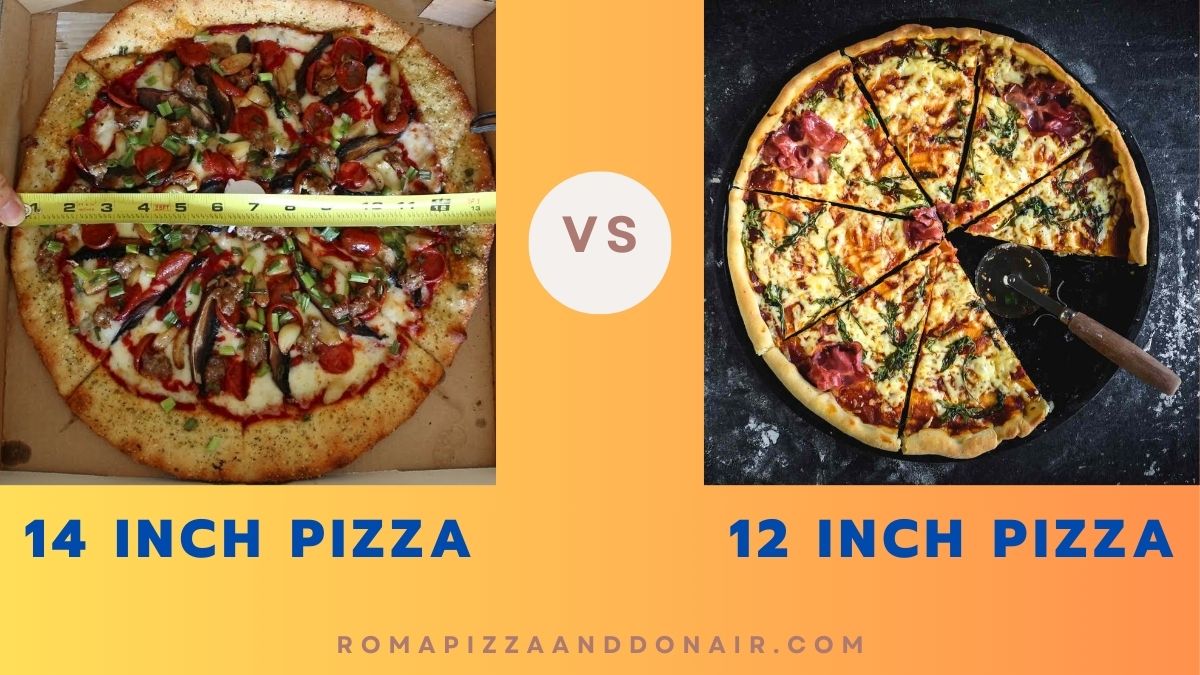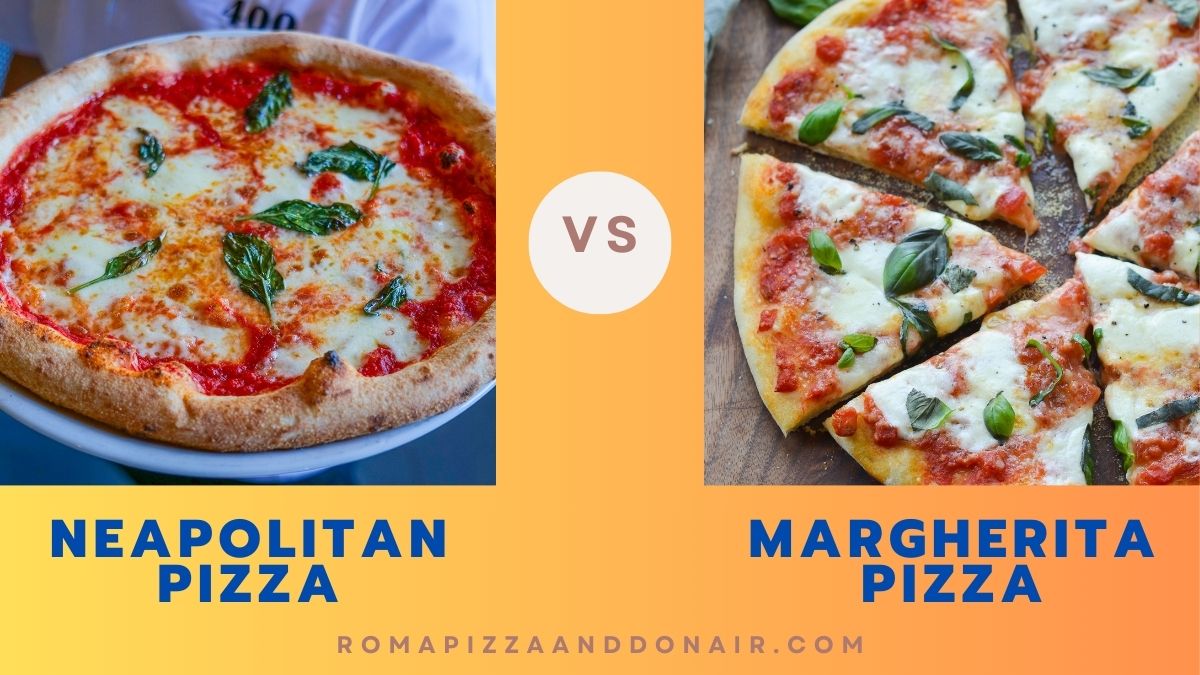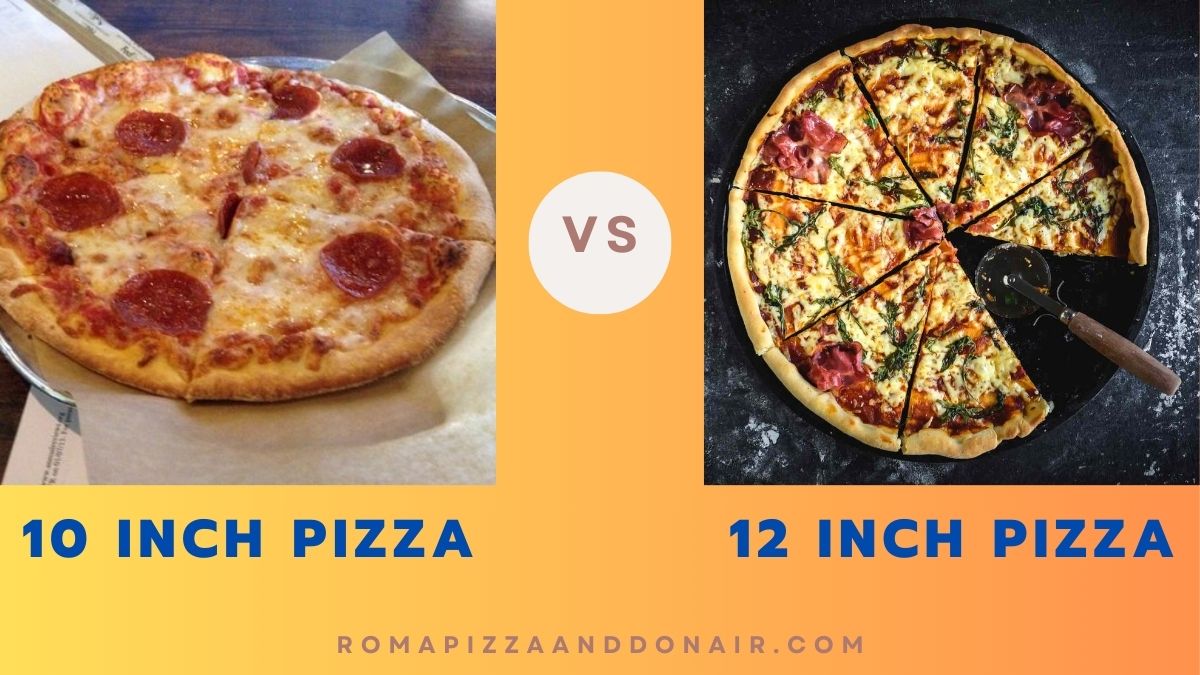Pizza lovers often face a dilemma at the pizzeria – should they go for a modest 12-inch pizza or level up to the more substantial 16-inch? The question involves considerations of appetite, the number of diners, and whether leftovers are a goal. Let’s break down this gastronomic problem with facts and figures to see which size suits different occasions.
Size and Area: More Than Meets the Eye
The 12-inch pizza, often considered medium size, gives you a decent amount with a diameter of 12 inches. However, when eyeing that 16-inch pizza, the size difference might not seem too significant at first glance. But math tells a different story.
The area of a pizza is calculated based on the radius squared times pi (πr²). So, while a 12-inch pizza gives you about 113 square inches of food, upgrading to a 16-inch pizza brings a whopping 201 square inches. The larger pizza offers almost double the area, meaning significantly more pizza for your penny.
Cost Efficiency: Maximizing Your Pizza Investment

Price is a critical factor in the pizza decision-making process. Logically, a 16-inch pizza will cost more than its 12-inch counterpart. However, when you break down the cost per square inch, the 16-inch pizza often represents a better deal.
You’re getting more pizza for a less proportional increase in price. Economically savvy diners might lean towards the larger pizza to maximize their investment, especially if feeding a group or banking on leftovers.
Toppings Galore: Spread the Love
More surface area means more room for toppings on a 16-inch. If you’re a fan of fully loaded pizzas or like customizing with various toppings, the larger size gives you more culinary real estate to work with. This is particularly appealing for parties or family dinners where diverse tastes can be accommodated on a single pizza.
The Leftover Factor
Let’s not overlook the joy of leftovers. A 12-inch pizza might be suitable for two people with little to no leftovers. In contrast, a 16-inch pizza guarantees you’ll have extra slices to enjoy later. Cold pizza for breakfast, anyone?
Handling and Convenience: Size Matters
The larger pizza can be a double-edit sword. While more pizza sounds great, a 16-inch pie can be unwieldy, harder to cook in smaller ovens evenly, and may not fit comfortably in your fridge for storage. Opting for a 12-inch pizza can sometimes be more practical, especially for smaller households or those with kitchen space limitations.
The Verdict: Suit Your Situation
The decision between them boils down to your specific needs. For individual diners or small gatherings, the 12-inch offers a satisfactory meal with potentially less waste. However, for parties, big appetites, and maximized value, the 16-inch pizza takes the cake—or, in this case, the pie.
Next time you’re faced with this decision, consider what factors matter most to you: quantity, value, variety, or convenience. No matter your choice, the true winner is the joy of sharing a delicious dish, regardless of size.



